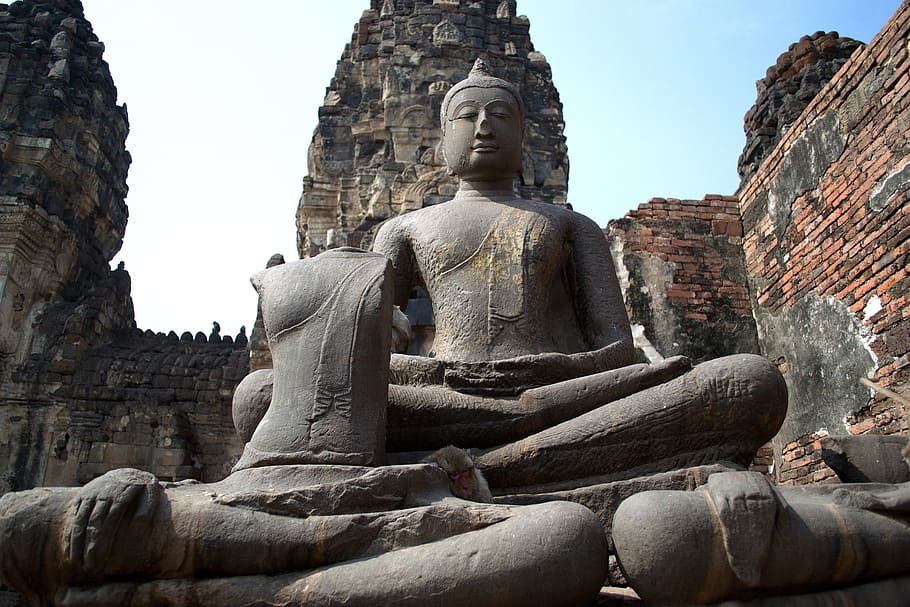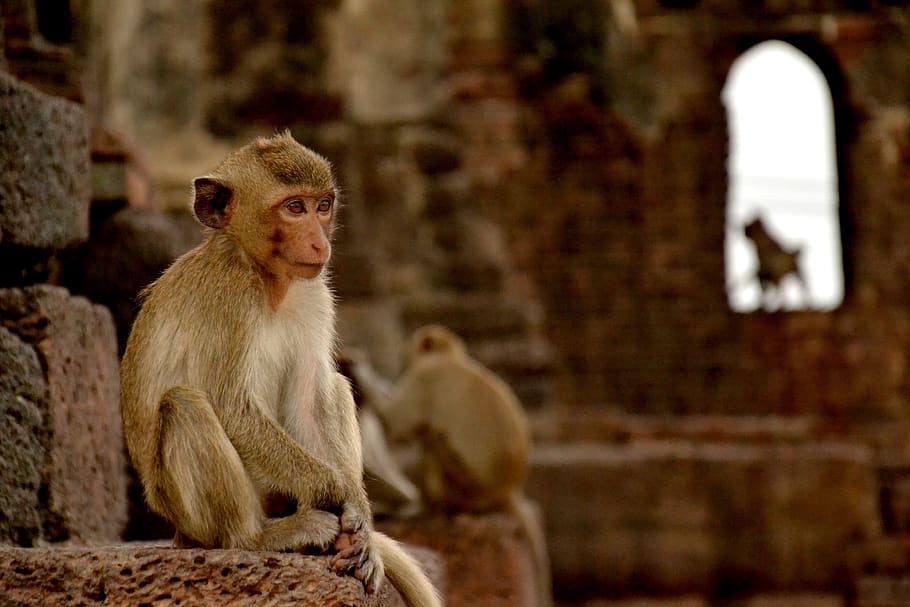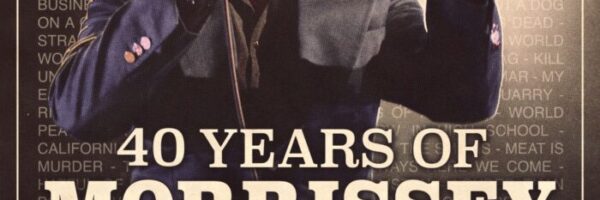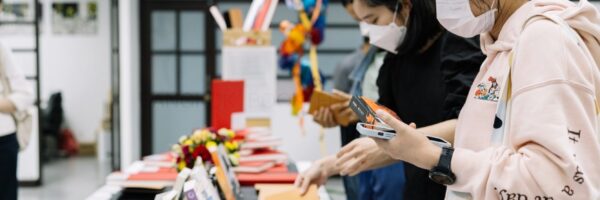
A City of History – Lop Buri
Lop Buri is one of the oldest settlements in the country. It has a history dating back almost a millennium and a half to the Dvaravati period.
However, it is fascinating to me, that millenniums ago Lop Buri was situated at the mouth of the Chao Phraya River. The river mouth has moved South by a few dozen metres every year through silt deposits. Now the city is 150 kilometres Northeast of Bangkok. However, with the inexorable rise of sea levels, Lop Buri might well be much closer to the mouth of the river soon one day like it was before.
The Ancient City of Lop Buri
This ancient city was originally called Lavo or Lavapura or the “City of Lava.” This is in reference to the ancient city of Lavapuri in Lahore, Pakistan. Historical references state the city was founded by King Kalavarnadish who originated from Taxila, in what is now Northwestern Pakistan in 638 A.D. The dominant population appears to have been Mon. silver coins from the 7th and 8th century A.D. are inscribed with “Lavapura,” the earliest known epigraphic evidence.

There are inscriptions that state Lop Buri was incorporated into the rising Khmer Empire during the reign of King Suryavarman I (1006-1050 A.D.). Control of the area around Lop Buri gave the Khmer Empire access to all the trade going through the Kra Peninsula.
Lop Buri also sent emissaries to China several times. In the 13th century, the famous Italian world traveller, Marco Polo, mentioned Lop Buri, or Lavo, as “Locach” in his travel writings. The Chinese chronicles of the same era also mention Lop Buri as “Lo-huk” and “Lo-ho.” When the Ayutthaya Kingdom was founded in 1350, Lop Buri became one of the most important regional strongholds and eventually the kingdom’s second capital. It became the main capital under King Narai the Great ( who reigned 1656 -1688) in the mid 17th century. The king was in residence for about eight months during the year. When the king died in 1688, the city was completely abandoned. However, King Mongkut (King Rama IV) restored parts of the city in 1856 and Lop Buri became the summer capital in 1864.
The new rise of the city dates from that period some one hundred and fifty years ago. Now Lop Buri is an important regional capital and city of about 750,000 people. The city is divided into New Town and Old Town. There are remnants of every former Thai kingdom in the area. The Thai Army maintains its Special Warfare Centre outside the city. Lop Buri is most likely famous for the thousands of crab eating macaques or monkeys that have literally and figuratively overrun the Old Town. They are especially concentrated in the immediate area around Phra Prang Sam Yod and Phra Kaan Shrines.
Lop Buri: The Monkey Kingdom
Due to the lack of domestic and foreign tourists even before the Covid-19 pandemic, the monkeys were starving and had become a serious nuisance in their desperate hunt for food. The Thai government ordered that many of the monkeys should be captured and sterilised in an effort to control their numbers. One person giving food to a single monkey will immediately attract all the others who will race to be part of the handout. There is always a fight from the famished simians desperate to get something into their ever empty stomachs.

All visitors are well cautioned to be especially wary of monkeys from all directions. Anyone who has spent any time watching monkeys in Thailand knows they are all sneaky, mischievous, and often, bold thieves. They think nothing of snatching eyeglasses, cigarettes, hats, water bottles, cameras, wallets, purses, and anything they can rip out of pockets or bags. The monkeys will jump on people or attack them if they think someone is carrying food on them. Monkeys will also defecate on passersby from trees, buildings, and wires if they are not careful.
There were two feeding periods a day at a small playground built especially for the monkeys at the traffic intersection and rail line adjacent to Phra Prang Sam Yot Shrine. There is also an annual Monkey Festival held on the last weekend of November that may be continued later this year if the pandemic is finally under control. Tens of thousands of visitors show up for the festivities. There is a sumptuous buffet of fresh fruit and vegetables that Sunday where the monkeys gorge themselves in a frantic effort to stuff themselves.
The Thais believe the monkeys will bring good luck. What the monkeys think of all this, cannot be known.



